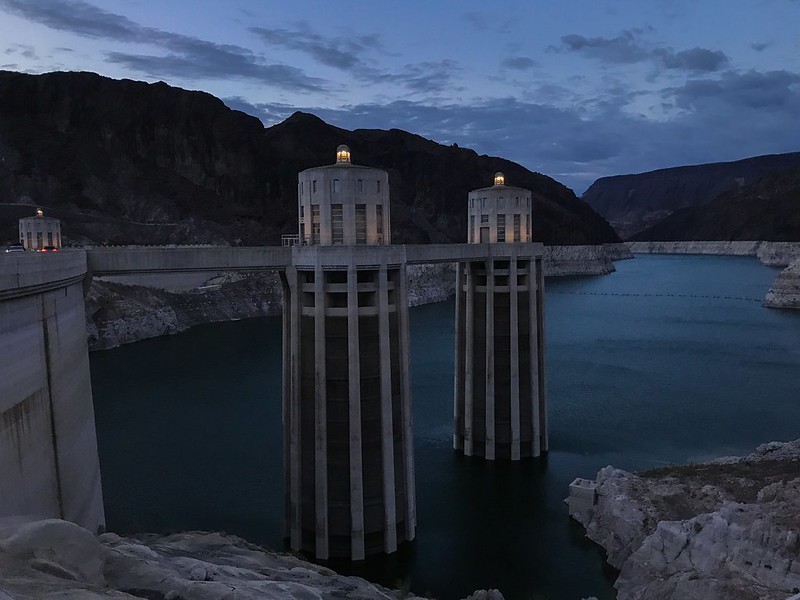How Do We Build Infrastructure for a Future We Can’t See?
 The United States is preparing to spend $1 trillion on repairing and upgrading the country’s infrastructure. There will be improvements to traditional systems including transportation networks and energy grids, but the proposed federal funding will also go toward increasing the nation’s climate resilience and expanding broadband internet access.
The United States is preparing to spend $1 trillion on repairing and upgrading the country’s infrastructure. There will be improvements to traditional systems including transportation networks and energy grids, but the proposed federal funding will also go toward increasing the nation’s climate resilience and expanding broadband internet access.
All of this infrastructure investment must account for a rapidly changing world in which future climate, technologies, politics, and basic necessities may be very different from those of today. How can policymakers ensure that infrastructure systems keep pace with our uncertain future? Can we invest in the maintenance required to keep existing systems performinging well? In the past, infrastructure expansion such as highways has reinforced inequities—can this round of building be a force for greater equity?
On August 25 at 3 PM ET, join Mikhail Chester (Arizona State University), Tierra Bills (Wayne State University), and Guru Madhavan (National Academy of Engineering) as they discuss how infrastructure can help society be more equitable, flexible, and resilient, in a discussion moderated by Paul Mackie of the National Academies’ Transportation Research Board.
Keep the conversation going on Twitter by following @ISSUESinST. And stay up-to-date on the latest news and events from Issues with our free digital newsletter.
